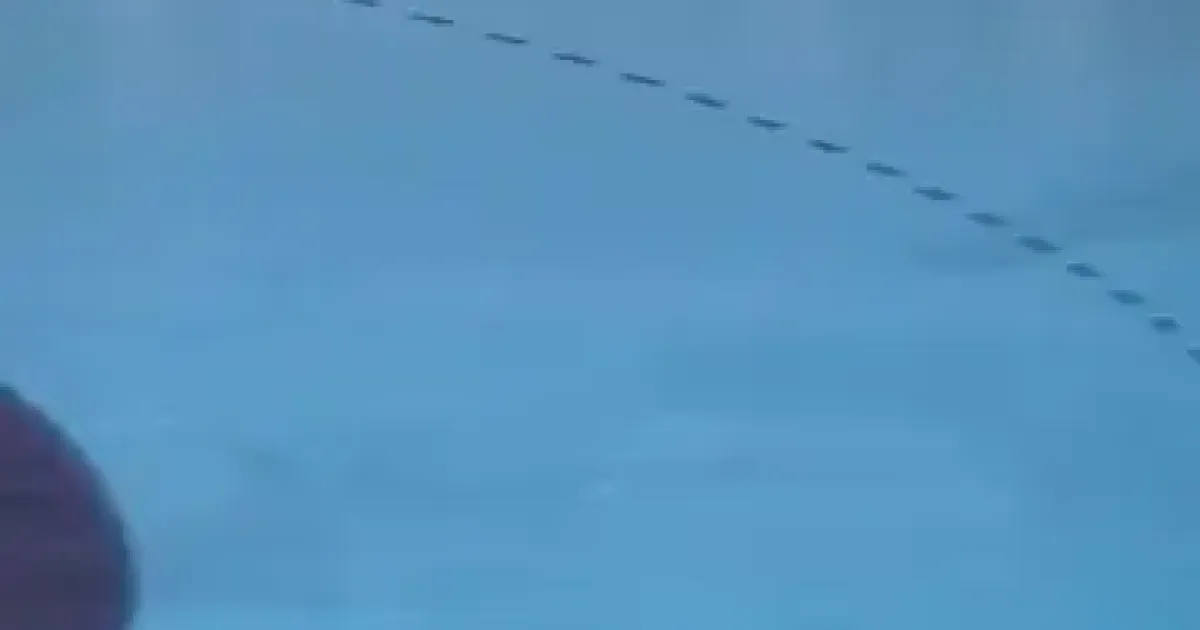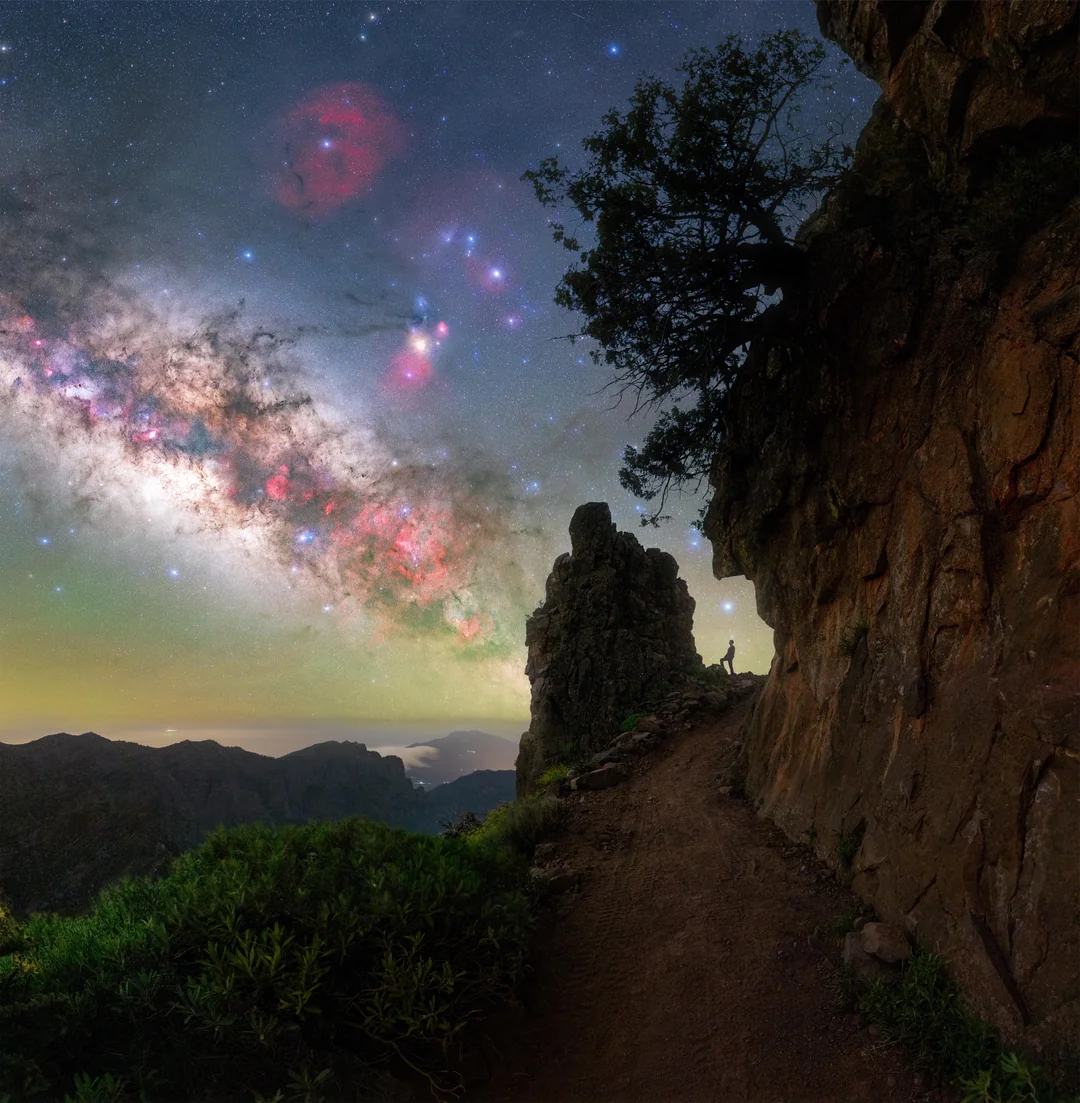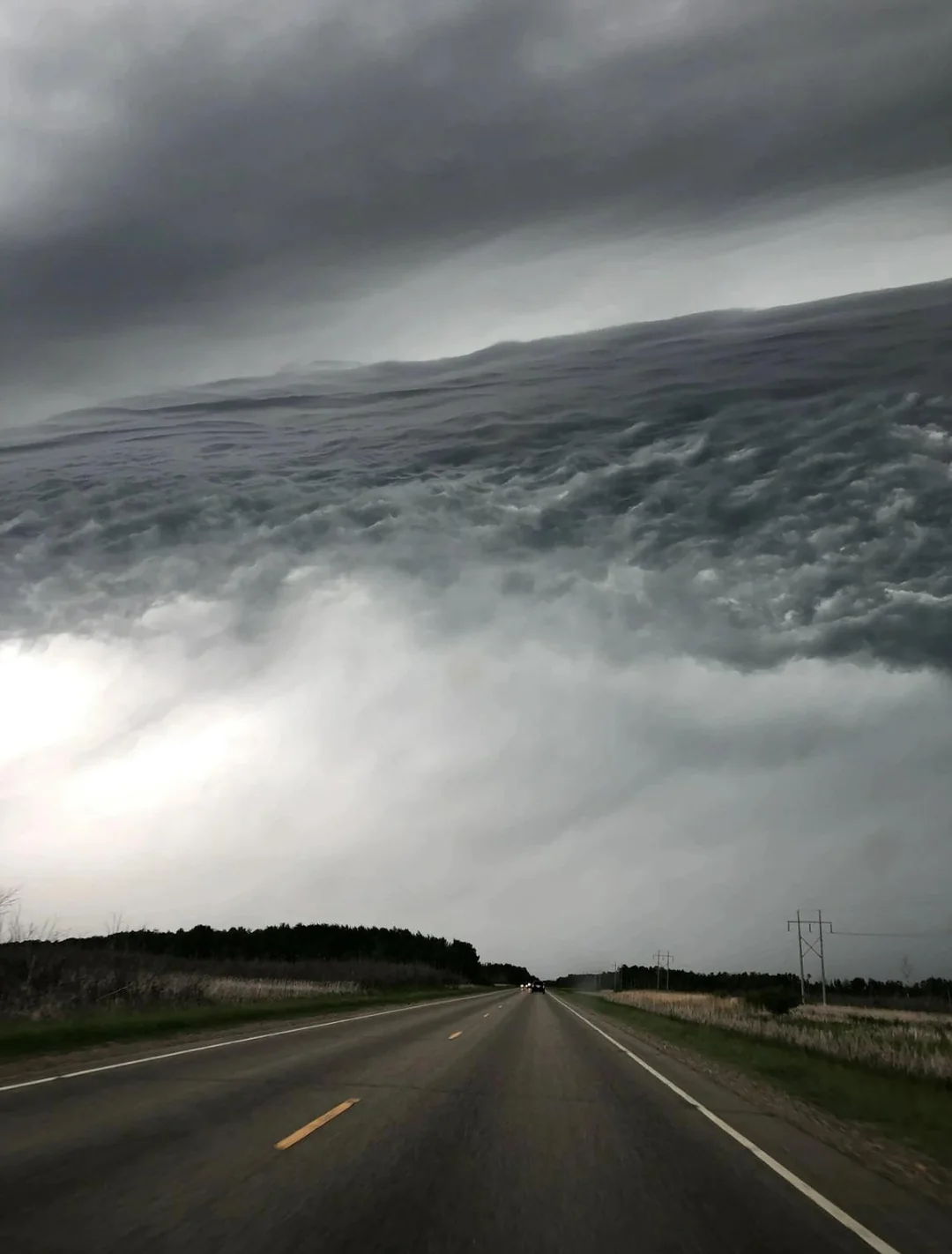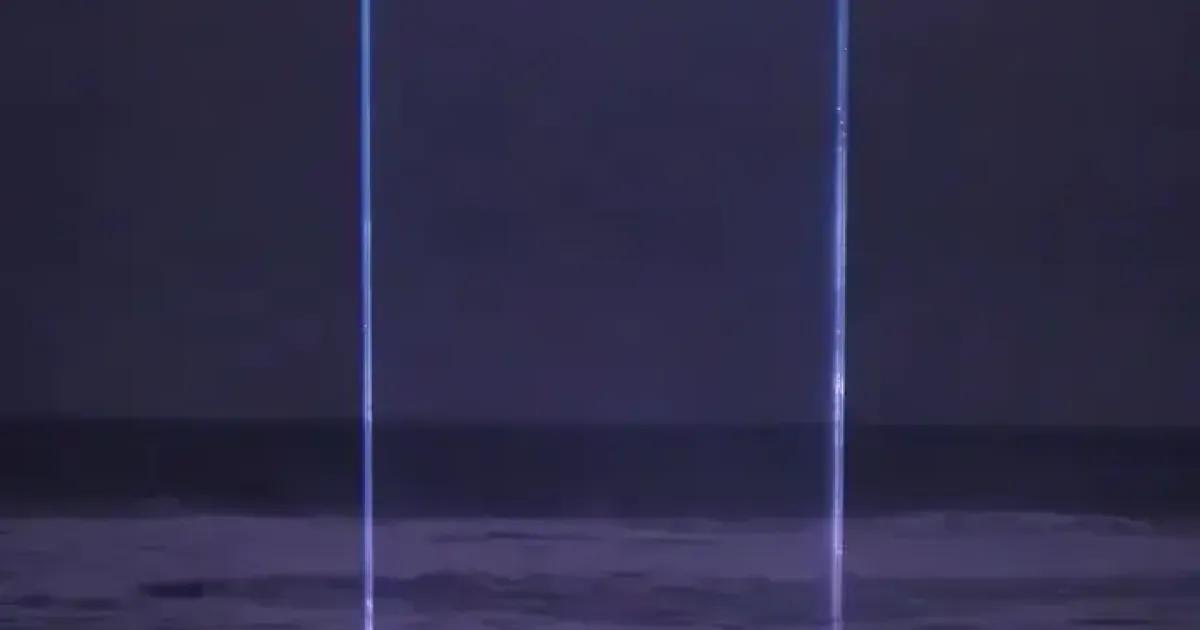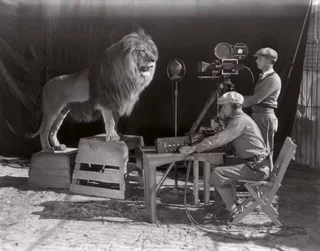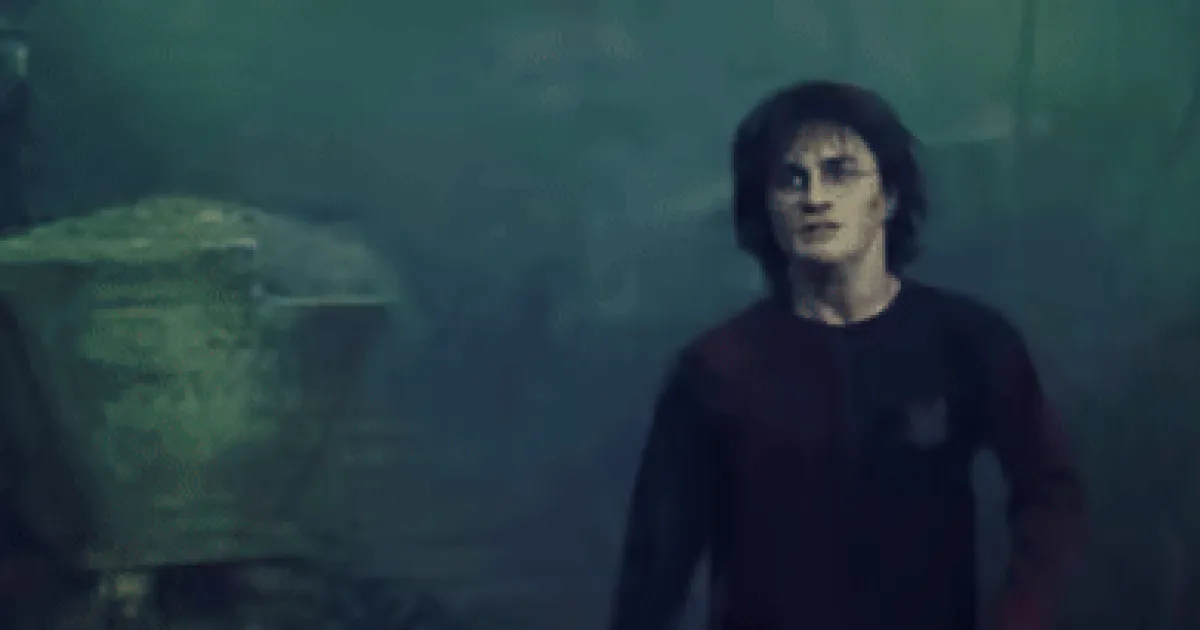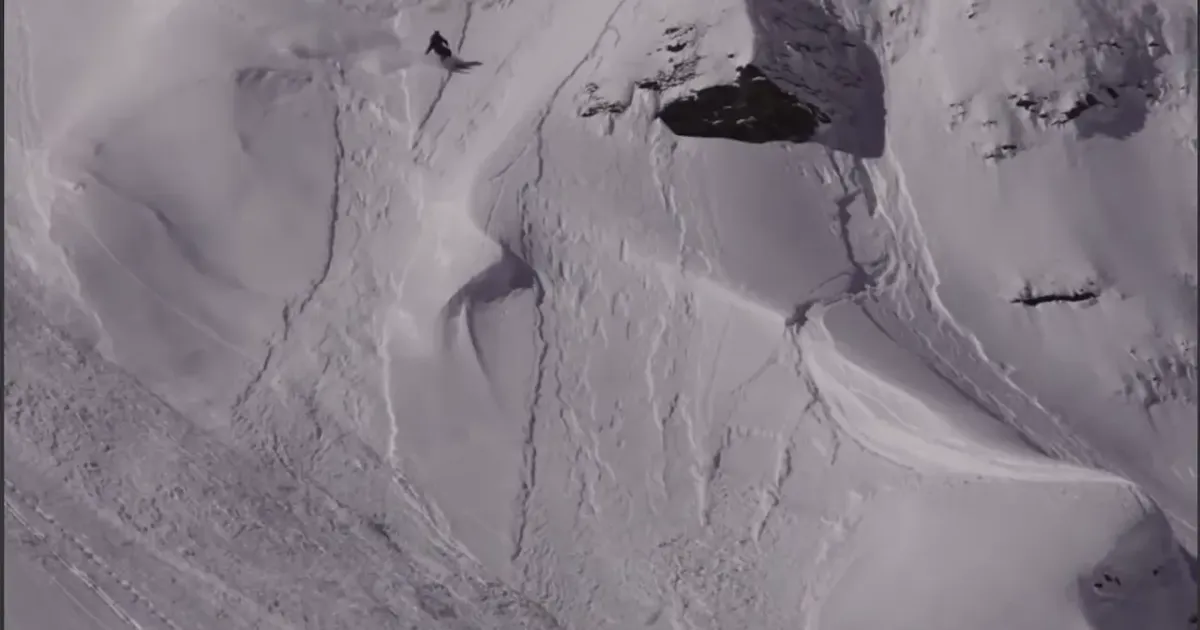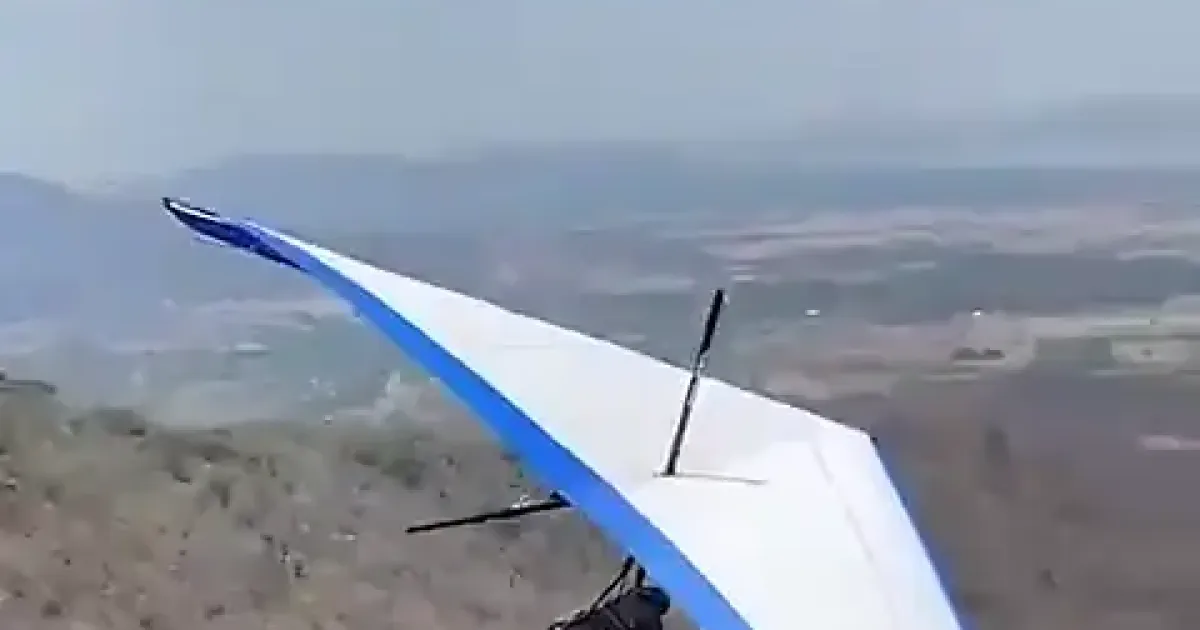
a polar bear dinner
Photos taken by #RoieGalitz in July near the #NorthPole pack ice #Nature #WildLife #PolarBear Read More...

No survivors from plane that crashed in Brazil with 61 people on board, officials say
The Voepass aircraft crashed into a residential area, although there were no reports of casualties on the ground
A passenger plane with 61 people on board has crashed in a fiery wreck in Brazil’s São Paulo state, killing all passengers and crew.
The airline Voepass initially reported 62 people had been on the plane but later revised the figure to 61, confirming the deaths of all 57 passengers and four crew members on board.
“At this time, Voepass is prioritizing provision of unrestricted assistance to the victims’ families and effectively collaborating with authorities to determine the causes of the accident,” the company said in a statement
“There are no survivors,” Col Emerson Massera of the Brazilian military police told reporters at the crash site in the city of Vinhedo late on Thursday.
Massera said the fire had been brought under control, but about 50 firefighters were still working to cool down the area. “It’s a very sad scene; our work now is focused on clearing the area so that the investigation and identification of the bodies can proceed,” he said.
The ATR-72 turboprop plane was en route from Cascavel, in the state of Paraná, to Guarulhos, in São Paulo, when it crashed in a residential neighbourhood about 76km away from the state capital.
No casualties were reported on the ground, according to Col Cassio Araújo de Freitas, the general commander of the military police, who said: “We have no reports of any other victims besides those on the aircraft.”
According to the Flight Radar website, the plane was traveling at 17,000ft before plunging 4,000ft in two minutes, and then its signal was lost.
Video shared on social media showed the plane spiraling out of control as it plunged down into a cluster of trees, followed by a large plume of black smoke.
Another clip showed flames and smoke coming from the plane fuselage where it had apparently plowed into the side of a house. Burning debris and at least one body could be seen strewn across the gardens of a residential area, while emergency vehicles arrived.
Ana Lúcia de Lima, who lives nearby, told the UOL news website that the noise was so loud it “sounded like it was falling into my house … The first blast was strong, there was already dark smoke coming out, and then there were several more explosions.”
Another resident, Daniel de Lima, said he heard a loud noise before looking outside and seeing the plane in a horizontal spiral.
“It was rotating, but it wasn’t moving forward,” he told Reuters. “Soon after, it fell out of the sky and exploded.”
The Brazilian air force and the federal police sent teams of investigators to the site.
The head of the air force’s Aeronautical Accident Investigation and Prevention Centre, Brigadier Marcelo Moreno, said that there was no timeline for the investigation to be completed. He said: “It is still very premature to say anything.”
But he said it was already clear that “there was no communication from the aircraft to the control authorities indicating an emergency”.
Voepass stated that the aircraft had taken off “without any flight restrictions, with all its systems functioning properly for the operation”.
Speaking at an event in southern Brazil on Friday afternoon, just minutes after the accident, the president, Luiz Inácio Lula da Silva, called for a minute of silence for those lost in the crash.
#news #brazil
Read More...
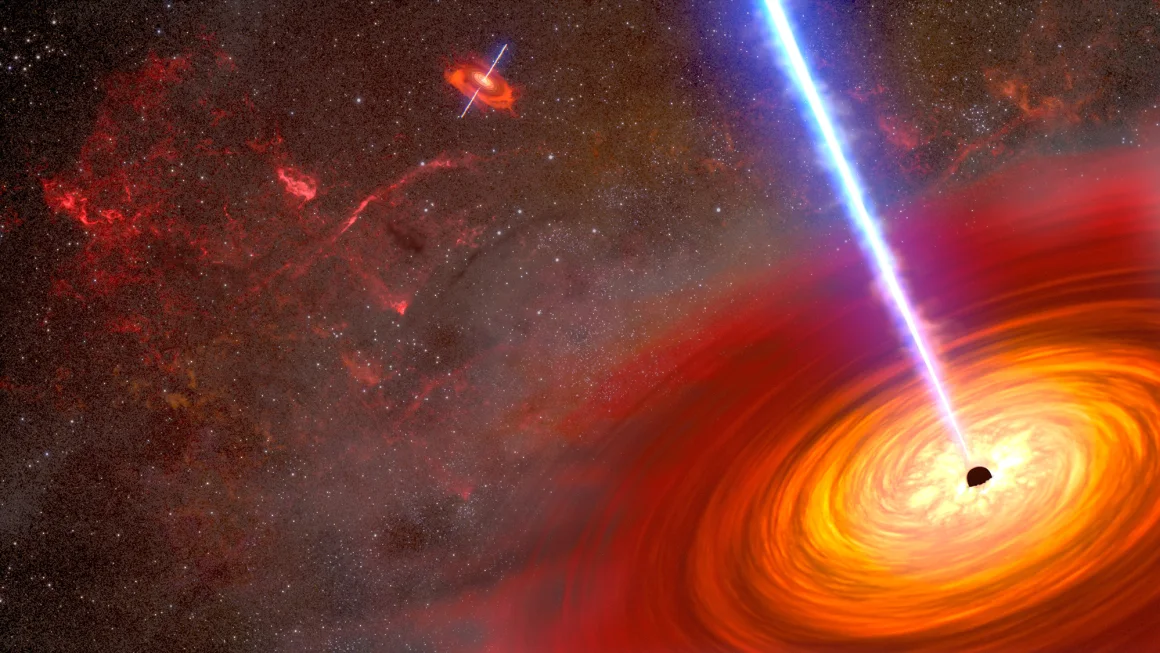
Bright lights detected by NASA telescopes lead to a dancing pair of supermassive black holes
Two telescopes have spotted the closest pair of supermassive black holes to date. The duo, only about 300 light-years apart, were observed in different wavelengths of light using NASA’s Chandra X-ray Observatory and the Hubble Space Telescope.
While black holes are invisible against the dark void of space, these two blaze brightly as the gas and dust they feed on is accelerated and heated to high temperatures. Both celestial objects, which circle around one another, are known as active galactic nuclei.
Active galactic nuclei are supermassive black holes that release bright jets of material and high winds that can shape the very galaxies where they are found.
The black hole duo is the closest pair found through visible and X-ray light. While other black hole pairs have been observed before, they are usually much farther apart. Astronomers discovered these black holes dancing around one another at the center of a pair of colliding galaxies called MCG-03-34-64, which is 800 million light-years away.
Astronomers serendipitously found the black holes when Hubble’s observations revealed three spikes of bright light within the glowing gas of a galaxy. They published their discovery Monday in The Astrophysical Journal.
“We were not expecting to see something like this,” said lead study author Anna Trindade Falcão, a postdoctoral researcher at the Center for Astrophysics | Harvard & Smithsonian in Cambridge, Massachusetts, in a statement. “This view is not a common occurrence in the nearby universe, and told us there’s something else going on inside the galaxy.”
Zooming in on bright cosmic lights
The team was intrigued when Hubble picked up on three optical diffraction spikes in a concentrated region of the MCG-03-34-64 galaxy. Diffraction spikes appear when light from a small cosmic region bends around the mirror inside telescopes.
Hubble’s observations were made in optical light, which is visible to the human eye, but the astronomers weren’t sure what they were seeing. Falcão’s team took another look at the galactic region with Chandra in X-ray light.
When the scientists observed the galaxy using Chandra, they were able to pinpoint two powerful sources of X-ray light that matched the optical light sources spotted by Hubble, Falcão said. “We put these pieces together and concluded that we were likely looking at two closely spaced supermassive black holes.”
The team also consulted archival observation radio wave data collected by the Karl G. Jansky Very Large Array of radio telescopes near Socorro, New Mexico. The black hole duo was also found to release energetic radio waves.
“When you see bright light in optical, X-rays, and radio wavelengths, a lot of things can be ruled out, leaving the conclusion these can only be explained as close black holes. When you put all the pieces together it gives you the picture of the (active galactic nuclei) duo,” Falcão said.
Meanwhile, the third diffraction spike observed by Hubble has an unknown origin, and the team requires more data to understand what it could be. The source of light might be from gas that was shocked by an energetic release of material from one of the black holes.
“We wouldn’t be able to see all of these intricacies without Hubble’s amazing resolution,” Falcão said.
Astronomers have observed pairs of black holes that are closer together than these two through radio telescopes, but those duos haven’t been observed in other wavelengths of light.
Both supermassive black holes once served as the centers of their respective galaxies, but a galactic merger brought the two objects much closer together. Eventually, their close spiral will result in a merger in about 100 million years, according to NASA, causing an energetic release of gravitational waves, or ripples in the fabric of space and time.
Such gravitational waves created by the collisions of supermassive black holes could be detected in the future by LISA, the European Space Agency-led Laser Interferometer Space Antenna mission that’s expected to launch in the mid-2030s.
#universe #news
Read More...
